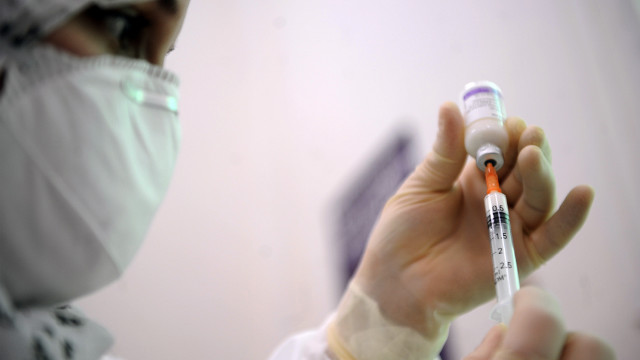From NYmag.com: With the benefit of hindsight and research, it may be time to admit that the people who responded to the swine flu pandemic of 2009 with utmost caution and functional hysteria weren't all that crazy. In a new study published in The Lancet Infectious Diseases, CDC researchers write thatthe H1N1 virus likely claimed around 280,000 lives, or about fifteen times more than the 18,500 confirmed in labs.
The numbers are being highlighted now “To improve the public health response during future pandemics in parts of the world that suffer more deaths, and to increase the public's awareness of the importance of influenza prevention,” said the researcher's lead author Fatimah Dawood, a CDC epidemiologist.
Note to self: When a global virus is given a provocative name involving a farm animal, figure likelihood of death is much higher than reported.
The numbers are being highlighted now “To improve the public health response during future pandemics in parts of the world that suffer more deaths, and to increase the public's awareness of the importance of influenza prevention,” said the researcher's lead author Fatimah Dawood, a CDC epidemiologist.
Note to self: When a global virus is given a provocative name involving a farm animal, figure likelihood of death is much higher than reported.

















